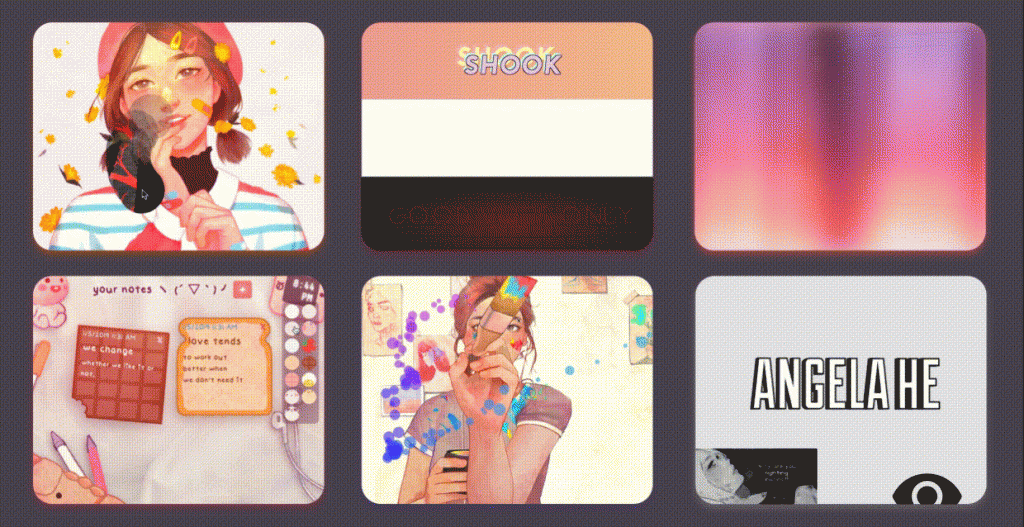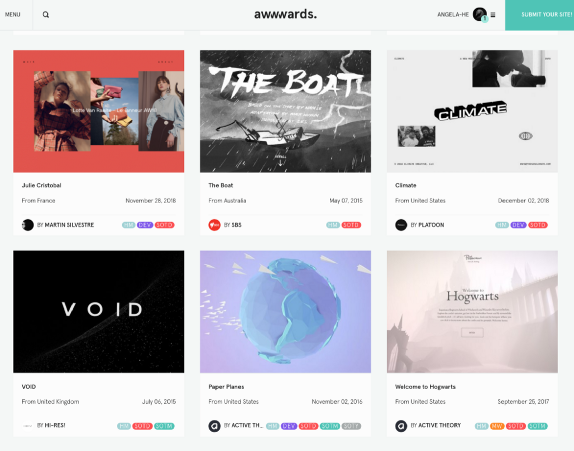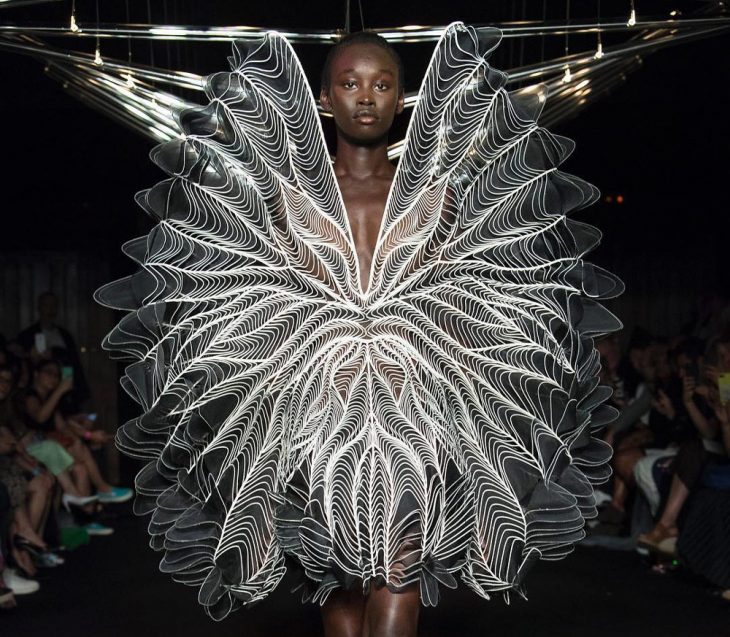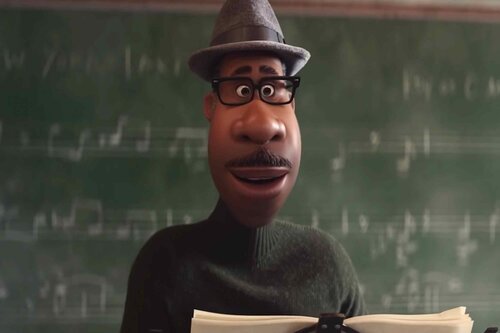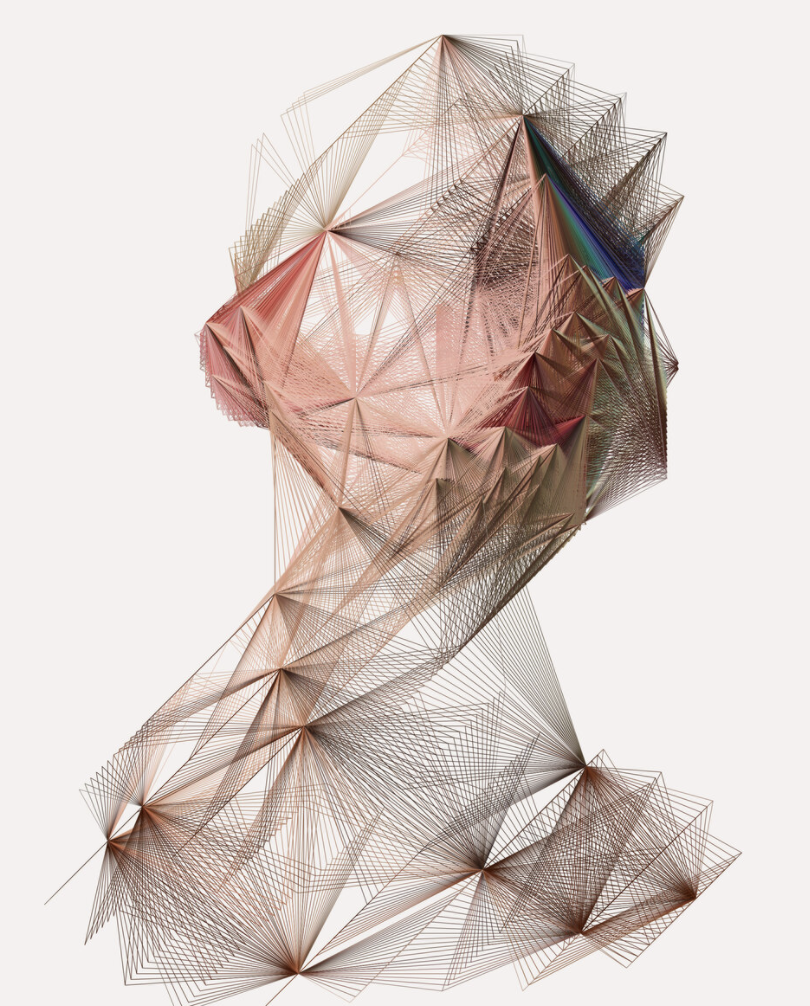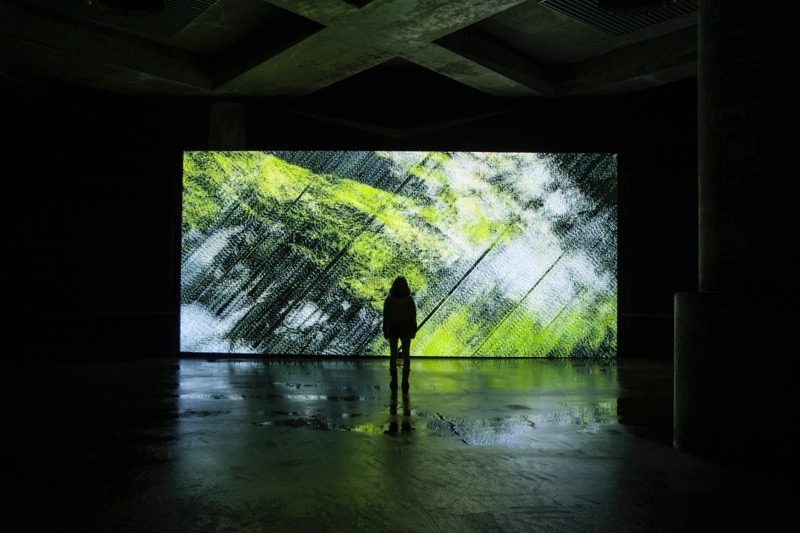In this project, Daniel Rozin and his team members decided to create ‘mirrors’ that requires the idea of participation of interaction where the viewer becomes a part of the project/artwork. Audiences can understand the interface that exists between them and the piece. People see themselves reflected from uncommon materials like wooden tiles, trash, fans, etc. When he first created the wooden mirror, it took him a year to actually build it. He had to cut out all the tiles and get the motors to learn how to control them(all of the electronics, mechanics, and the fabrication was needed).
I found this project very interesting because they built and programmed to reflect the viewer’s form(which is the idea of a mirror but a different way of the showing). Daniel Rozin had to prepare to create a complex piece that required controlling cameras and moving close to a thousand motors. I believe that Daniel Rozin has come up with this project because he perceived the world and themselves differently. When people thought about the wheels and the radio as great inventions of mankind, he thought about a simple mirror. Daniel Rozin talks about this project that shows the light when a person stands in front of it. He thinks that “it takes more than the audience’s image but maybe it’s capturing something about our soul and displaying back to us.”

![[OLD FALL 2020] 15-104 • Introduction to Computing for Creative Practice](../../../../wp-content/uploads/2021/09/stop-banner.png)
